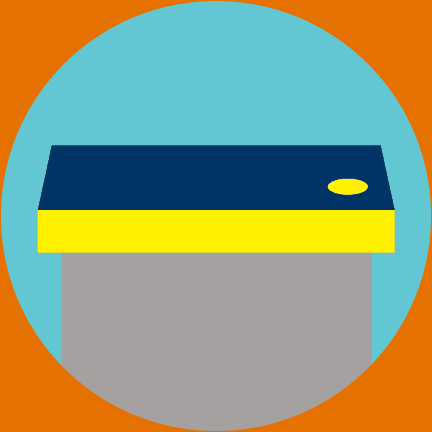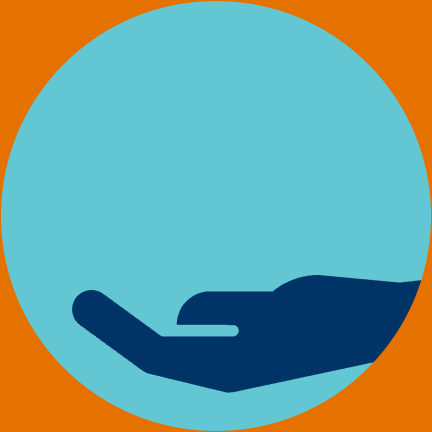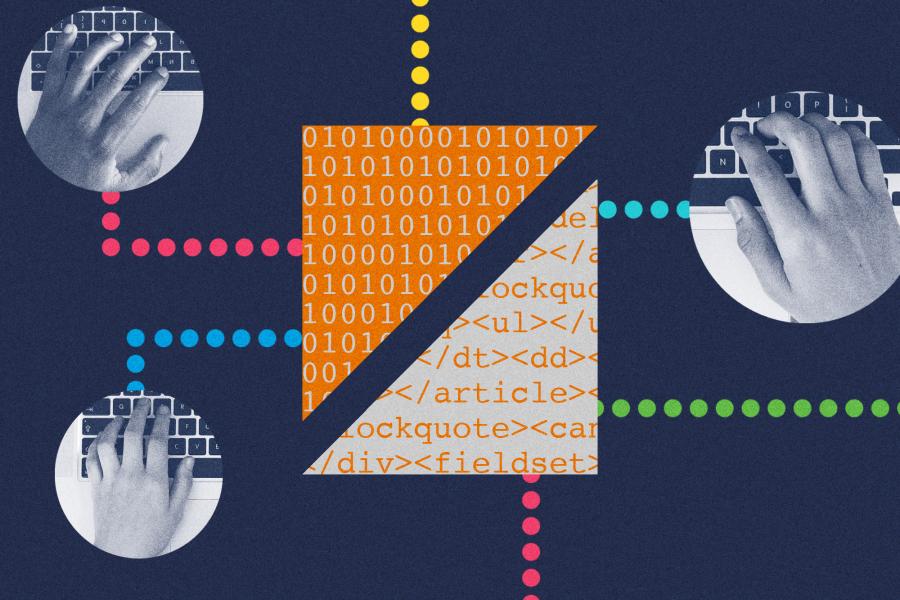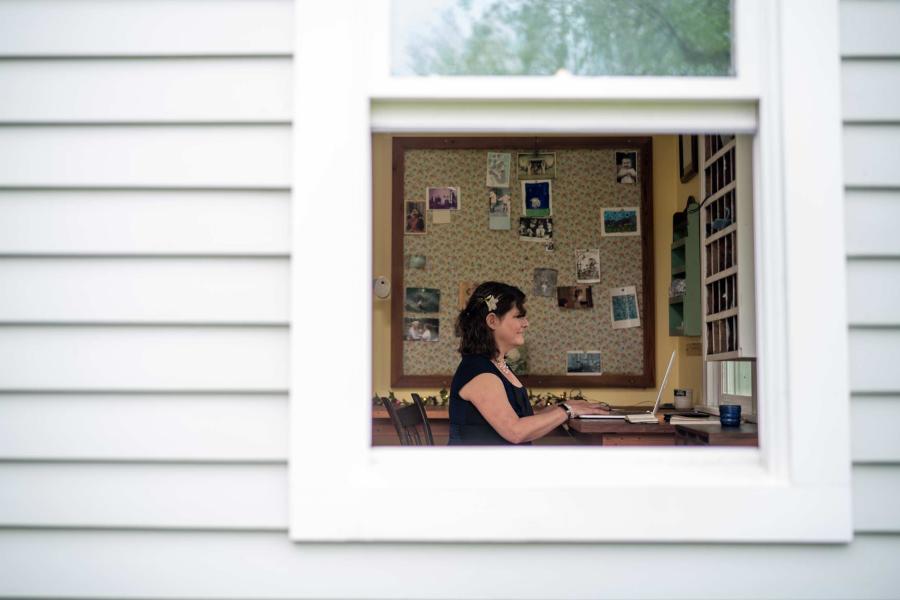You describe patient safety and quality of care as the “new currency” of academic medicine. What do you mean?
A currency is what one uses to purchase goods. In health care, a third of what we spend adds no value. So if we can create the safest and the best-performing health care delivery system, the current dollars that we spend on unnecessary waste can be repurposed for research, for investing in our educational efforts and for developing and providing new technologies.
A Prescription for the Nation
The “Be Safe” initiative aims to address critical and fundamental issues facing health care in the United States.
Eradicate Defects in
Care Transitions
Reduce Excessive
Administrative Costs
End
Overtreatment
Eliminate Harm
to Patients
What was the old currency? And why did it need changing?
The old currency was just “ask for more.” Ask for increases in premiums. Ask for more National Institutes of Health funding. Ask for more tuition. Academic medicine has grown up with an insatiable appetite for more. There is no “more” without making important social choices. So how do we live within our means? Our goal is to repurpose some of what we currently spend toward these important areas of investment.
What part of this pursuit of safety can be replicated elsewhere?
All of this work can be fully exported to every academic medical center in the country. In fact, we are increasingly asked to visit other centers to share with them these ideas. Reduction in payments for services will only go so far to stem the rising costs of health care, and ultimately we have to get serious about improving how we deliver health care.







